Photo
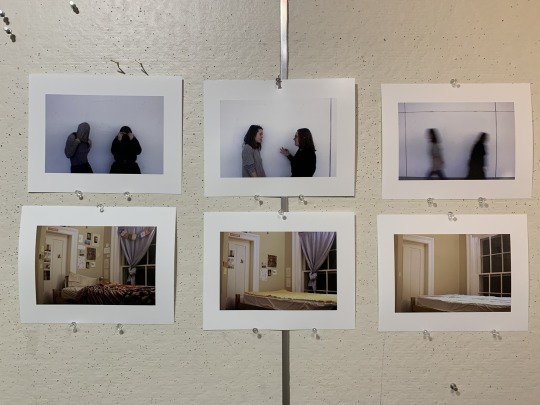
There’s an old story about a king who was searching for something – a singular object – that could simultaneously make him both the happiest and saddest man in the world at any given moment. The gift that succeeded in doing so ended up being a ring, with the words “This Too Shall Pass” emblazoned on it. The idea was that in times of true sadness, the king would look down at his ring and be reminded that his sadness was fleeting – soon, the feeling would pass, and his life would eventually make its way back to some sort of equilibrium, independent of the sadness, thus making him supremely happy. The caveat of the ring, however, is that in times of pure joy, the king would still look down at his ring, reminding him that even the happiest of times would also pass. I’ve been coping with these same ideas this semester, in reconciling my future absence during my semester abroad. This is the first semester here where I’ve felt truly at home with myself, my surroundings, and my friends here, and knowing that I’ll be missing moments here for my own new experience has brought me both great joy and great sadness. These images intend to convey the fleetingness of the moments they portray – the disappearing objects and people leaving are, for better or for worse, yielding to the unrelenting passage of time, making space for the next moment.
0 notes
Photo



Second idea for my final project series on impermanence, temporality, and fleeting moments.
0 notes
Text
Reflection: Agendas in Practice Lecture
When I first walked into Houghton House for Julia Jamrozik and Coryn Kempster’s talk, Agendas in Practice, I wasn’t sure what to expect, or what I was getting myself into. Having no prior knowledge of the artists or their work, I approached the experience with an air of curiosity, hoping to take something away from the talk, even if only a new Instagram account to follow, or a sliver of advice about life in the art world after college. I took my seat and patiently waited for any hint as to what was about to ensue; before long, I found myself completely enthralled in the presentation. Divided into three sections – Expanded Preservation, Domestic Narratives, and social Infrastructures – Jamrozik and Kempster shared their visions, their processes, and their actualized products/installations with us, allowing us all to see a concrete example of what a career in art might look like.
While I found each of their projects meaningful and compelling, I most enjoyed learning about their “Full Circle” project, which ensued as part of a “public intervention” to fill empty lots in the greater Buffalo area. The installation itself is a swing set, with the swings themselves arranged in a circle, such that each person swinging faces each other. The idea behind this specific configuration is that by changing the relationship of each swing to the others, it will also change the relationship between the people using and occupying the swings, giving them a unique opportunity to interact with one another in an unconventional way. By providing a space that encourages connections between people, Jamrozik and Kempster are bridging gaps in social environments to facilitate unity among individuals existing in the same space.
By the time we reached the end of the talk, I hadn’t even realized that nearly an hour had gone by. It was refreshing to learn about successfully executed art intent on producing social change, and I’m happy to say that I left the talk feeling interested, informed, and inspired.
0 notes
Photo

Color correcting shots for my final project. Thanks, Adobe PhotoShop!
0 notes
Text
Reflections on Ossip Brik’s “What the Eye Does Not See”
Ossip Brik, in his essay “What the Eye Does Not See,” establishes the role of the camera as a supplement to the capabilities of generic human vision and perception. In his own terms, the “photo-eye” of a camera assists humans in viewing everyday scenes and objects from a different viewpoint and perspective. According to Brik, images generated by a camera should feel unexpected and unusual compared to the way a normal human eye is able to perceive things, to such an extent that subject is almost unrecognizable at first glance. Brik attributes this cinematic capability to technological advances which rendered humans able to move around in inhuman ways. Whether via plane, train, boat, or submarine, the difference in perspective generated by a different vantage point spurred the creation of images shot at complex angles.
To Brik’s astonishment, this advancement came despite the fixed human optical radius and its inherent link to the camera – in his mind, that link “actually limits and impoverishes the possibilities of the camera,” because the camera is capable of functioning – and perhaps even producing more revolutionary content – independently (90). Above all, Brik believes that cameras should be used make ordinary objects and instances into extraordinary and preconception-shattering images, rather than fabricating circumstances to photograph. He adamantly expresses an opposition towards creating scenes for a camera, positing instead that the camera should be used to capture pre-existing conditions in unique and unexpected ways, offering an expansion on reality as opposed to a replication of the perspective of a human eye.
To some extent, I agree with the ideologies Ossip Brik proposes: I admire his passion for deriving moments of magic from quotidian subjects. In fact, I realized after reading his essay that I’ve been unintentionally subscribing to his particular school of thought in my approach to photography, and ultimately in my approach to life in general. I tend to prefer capturing candid and unscripted images compared to posed ones; I tend to be inspired by that which already exists, reacting to existing stimuli more than I manufacture ideas from scratch. And I do think that human influence limits the capabilities of the camera – in a beautiful way, in a way that gives art its namesake, that adds a component to the work rather than subtracting, as Brik suggests. Indeed, the camera is a supplement to human understanding – viewfinders gift us with the potential to see the world differently – but without a human component, I maintain the view that the feat becomes meaningless.
0 notes
Photo
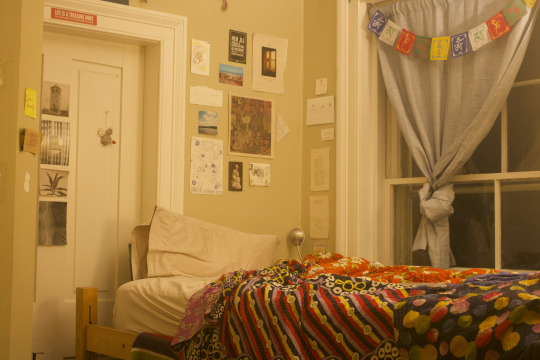
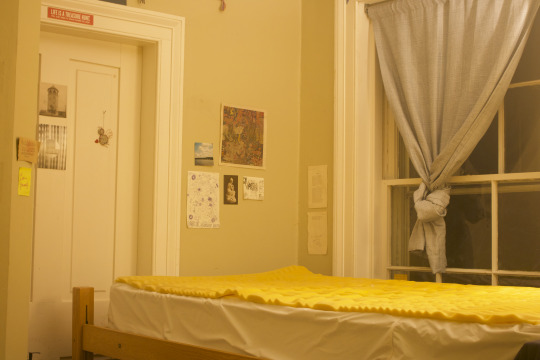
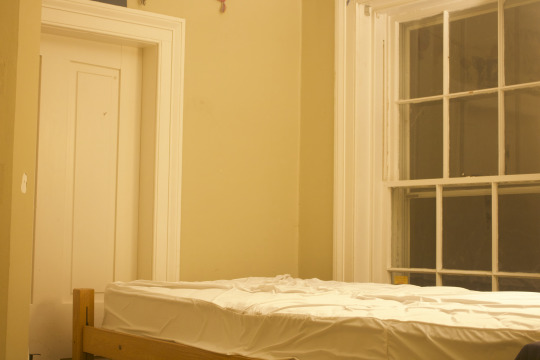
Select shots from my in-progress final project. Exploring the theme of ephemerality, transience, and temporality in terms of my own existence, particularly on this campus this semester.
1 note
·
View note
Photo
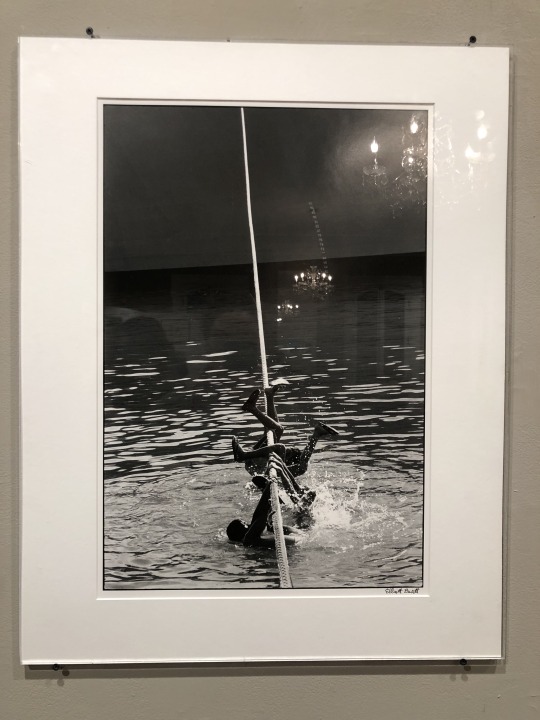
As HWS faculty, staff, and students collectively embark on the Year of Water, it’s been interesting to see how each department addresses the theme, and what subcategories are made manifest through each particular approach. Having been made aware of the theme through the theatre department, I knew that each academic and artistic realm on campus would be taking part in the Year of Water in its own tailored way, and it was really compelling to see the way the studio art department chose to tackle it.
Of the pieces on display at the gallery opening, I felt most compelled by the pieces that discussed water as a class issue and a human rights violation. There exists a hidden classist narrative behind both the problems and the solutions to global climate change, and I was impressed by the inclusion of intersectionality within the show. In my mind, all forms of activism and all forms of injustice are inextricably linked together, and I was pleased to find that this idea was very apparent in the Year of Water exhibition. Overall, I was impressed by the feats that the art department was able to achieve through the nuanced and department-specific ways of conveying information employed in the installation.
0 notes
Text
Assignment #3: Tell Me a Story

People are inextricably linked to the spaces they occupy; entering someone’s house or room tends to reveal components of their personality that might not necessarily appear otherwise. I’ve had a messy room for almost my entire life: from a young age, my family members pretended to wonder whether or not my room actually had a floor, because a vast collection of stuff tended to live on it at all times. In my 20th year of existence, in finally starting to maintain a clean room, I’ve realized that objects manifested in physical space tend to reflect the inner feelings and workings of the people who inhabit those spaces, and vice versa. The objects/things/stuff that people surround themselves with tells a story about that person’s present state and condition. As such, in photographing the spaces of various friends around campus, I hope to share the narratives that manifest through their spaces, revealing facets of their personalities and details about their mentalities through an intimate portrait of their possessions.
0 notes
Photo
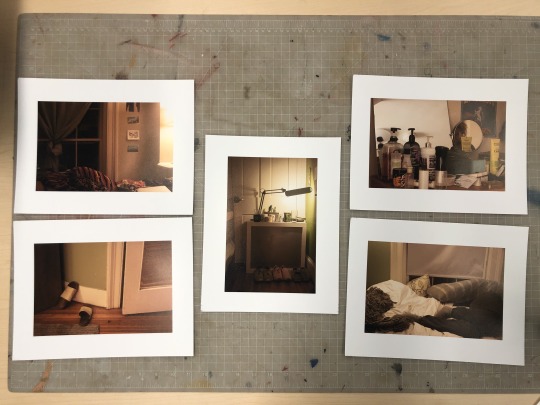
Assignment #3 Tentative Spread Layout
0 notes






























